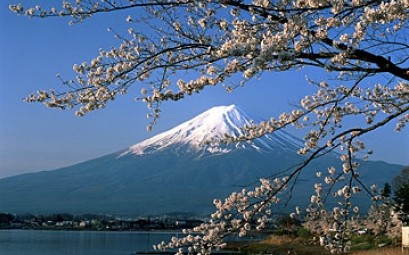
According to Kuga Iwata, Bureau Director of the Secretariat for the Japan Wind Power Association, an initial telephone survey of its 119 active member municipalities and companies found all wind power facilities in the nation were still operational after the disaster.
“In our history, earthquakes and tsunami’s are very common, therefore we are ready against then,” Iwata told Renewable Energy Magazine via email.
“The ruined area is limited to the northern country area of Japan,” Iwata continued. “Tokyo has no damage – except the temporary electricity shortage.”
EcoPower Co., Ltd., which operates more than 109 wind farms across Japan, mostly in coastal areas, reported that its operations did stop working temporarily during the earthquake, but that since then, all of their wind farms have been deemed safe.
“As this is confirmed in coming days, we will gradually run the power plants,” the company said in a statement. “We would like to contribute to resolving the country’s current power supply issues.”
Japan Wind Development Company Ltd., the country's third-largest wind-power generator, said its wind farms sustained no damage during the earthquake and that it has also verified the safety of all of its employees.
The company also confirmed that it is moving ahead with the completion of its $1.2 billion smart grid demonstration project in Rokkasho, in the Aomori prefecture in northern Japan, despite the ongoing rolling power outages.
The two-year, 100 KW pilot program, is exploring ways to boost energy efficiency and achieve energy conservation through the deployment of urban smart grids.
It is being undertaken in collaboration with the Toyota Motor Corp., Hitachi Ltd. and a unit of Panasonic Corp.
“We are working smoothly,” the company said in a statement. “We will continue to hope for the best as we experience future aftershocks [from last Friday’s earthquake].”
The main message coming out of Japan’s wind power community is one of resilience.
“We are OK now,” said the Japan Wind Power Association’s Kuga Iwata.
“Japan can survive and overcome,” Iwata continued. “After this disaster, we will invest more in the development of Japanese renewable energy.”
For additional information:

